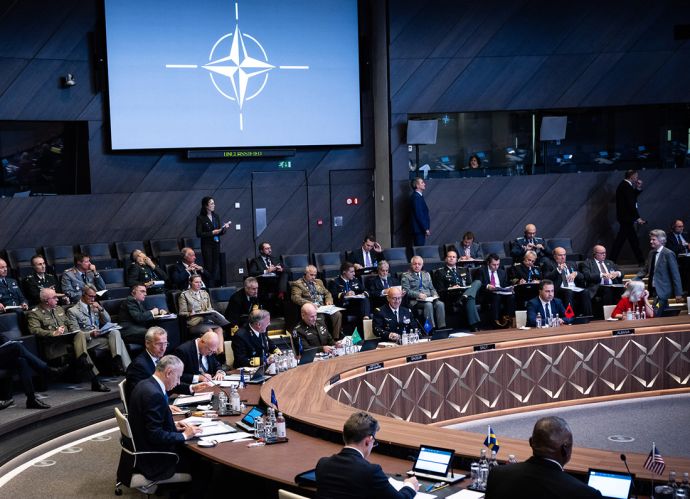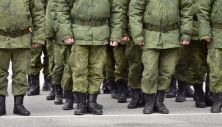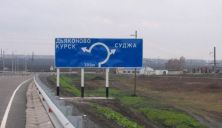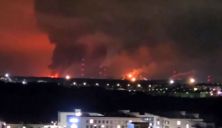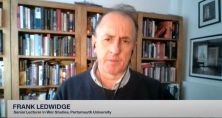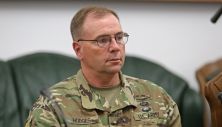The North Atlantic Alliance is urging its members to reduce excessive bureaucratic procedures that slow down the movement of troops and weapons between European countries.
This statement comes from Lieutenant General Alexander Sollfrank, head of NATO’s logistics command, who mentioned this in an interview with Reuters.
According to Lieutenant General Sollfrank, he would like to see something similar to a “military Schengen” in Europe—a zone that would be free for the movement of troops and weapons. This is an analogy to the political Schengen Zone, which allows free movement for citizens within the European Union.
“The expanse of space, the fact that not all forces are forward-based – all this means that the alliance has to be quick in moving troops from their bases to the right spot on the eastern flank,” said Lieutenant General Sollfrank.
The NATO official also noted that it is currently challenging for NATO’s military to be operational because they have to adjust to various national rules. Mandatory notification required for transporting ammunition or border regulations on the length of military convoys significantly delay movements between Bloc countries and necessary supplies.
“We have an excess of regulations, but the only thing we lack is time. Russia’s war against Ukraine turned out to be a war of attrition, and a war of attrition is a battle of logistics,” emphasized Admiral Rob Bauer, the head of NATO’s military committee.
In the opinion of Lieutenant General Sollfrank, the Bloc does not have the right to encourage Russia to think that the Kremlin has a chance of winning due to NATO’s unpreparedness. The NATO official also stressed that the North Atlantic Alliance must be one step ahead and “prepare the theatre well before Article 5 has been invoked.”
Earlier, German experts stated that in case of freezing the war in Ukraine, Russia would attempt to encroach on NATO’s Eastern border countries—Lithuania, Latvia, and Estonia. Therefore, the Alliance has only 6-10 years to strengthen its defense capabilities, increase personnel, and expand arms production.
Recall that The Gaze previously analyzed how NATO is transforming in the face of the new Great War.

